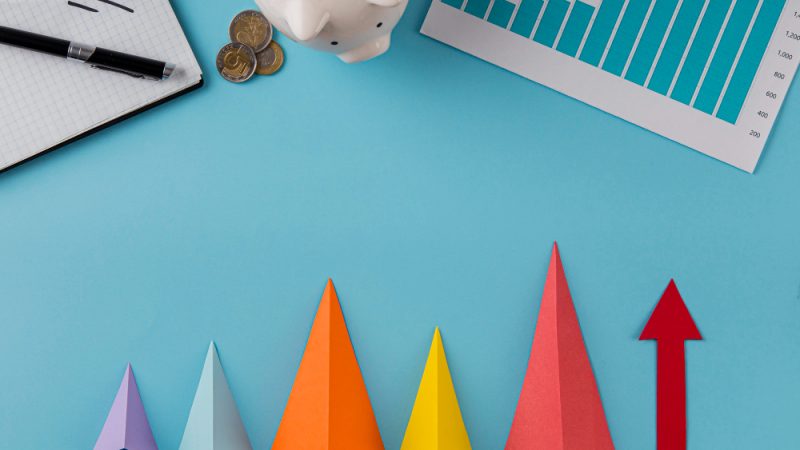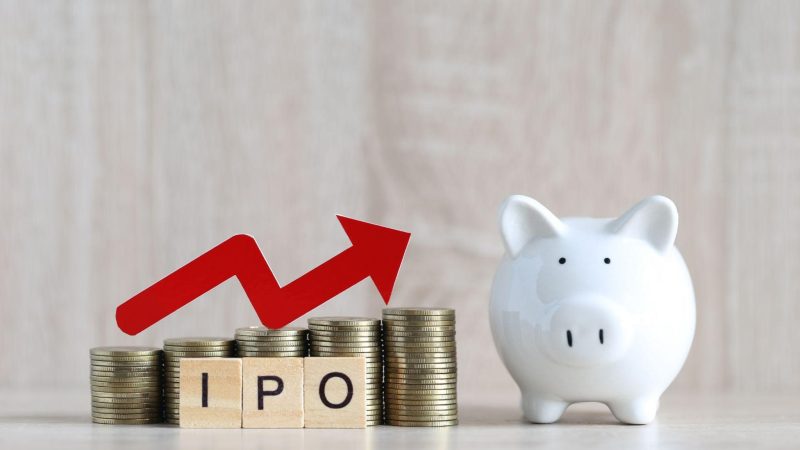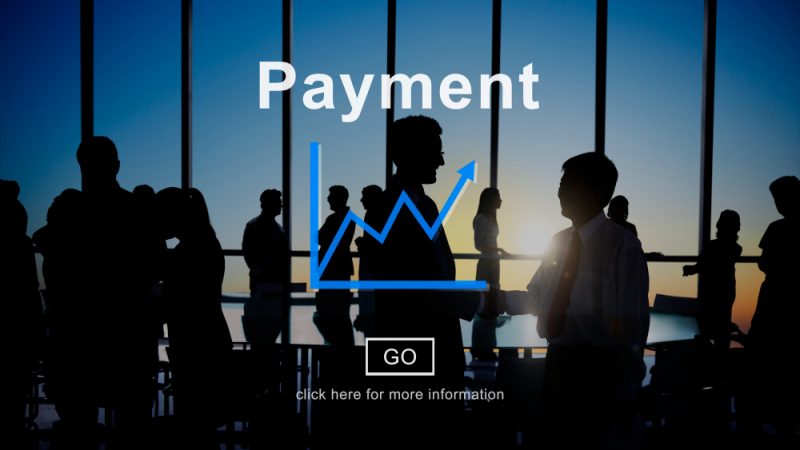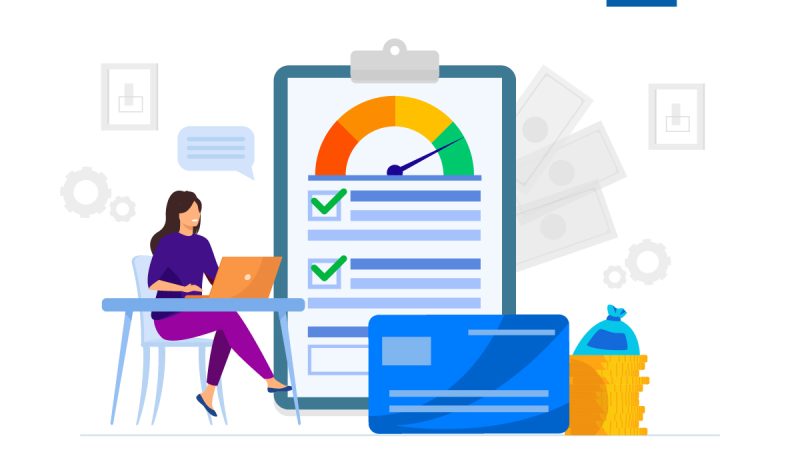5 Ways To Keep On Top Of Your Monthly Spending
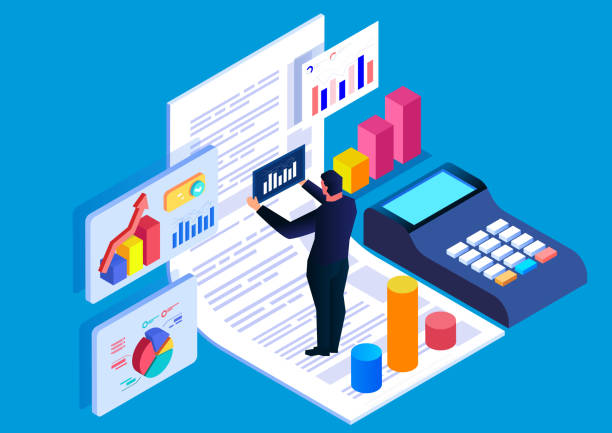
Keeping on top of your monthly spending can give you a better and more accurate idea of where your money is going and where you would like it to go instead. There are plenty of good tips for keeping on top of your money. Here’s how to get started.
Keep Track of Your Statements
This is a great way to pinpoint your money habits. Taking an inventory of all your accounts, including the accounts of credit cards will give you an idea of your money habits. It will help you identify where you’re spending. Getting a sense of your monthly cash flow – what’s coming in and what’s going out – is the first step to getting on top of your monthly spending. This will also provide you an opportunity to assess any arranged overdrafts you have and whether you can reduce these. Ideally, you don’t want to be falling into your over draft each month, and in some cases, you may be getting charged if you are.
Prioritise Your Necessary Bills
If your monthly salary doesn’t fund the lifestyle you want, then it’s vital to prioritise what is most important to you when it comes to bills. Many people are tempted to use instant payday loans to provide more room for spending decisions. However, it is best to manage your salary wisely. Rent, mortgage, food, utilities, and clothing should all be at the top of your priority lists when you first get paid. If some bills aren’t due to mid-month, then you can set aside money for those at the start of the month. Once the necessary bills are paid, then there’s more room for making further spending decisions.
Categorise Expenses
Grouping your expenses into categories allows you to tag your purchases. For example, “eating out” and “groceries” could be two category labels you use. By doing this, you’ll be able to note your spending habits better which may highlight areas which are costing you a lot more than you think. It may also highlight recurring subscription services that you could do without. It’s important to bear in mind that throughout one month, you will have fixed and variable expenses. Fixed expenses are those which are less likely to change from month to month. Examples include rent, mortgage, utility bills, insurance etc. You have more room to adjust variable expenses such as food, clothing, and travel. Categorising expenses lets you see your spend trends and areas where you could cut back.
Take Advantage of Software and Apps
Budgeting apps are very useful if you are wanting to manage your money better. Money apps are designed for on-the-go money management. A lot of money apps these days auto create categories for your spending as mentioned above. This makes things much easier for you. Plus, there are apps which safely sync with your account to automate payments directly from your bank into monthly saving rules. For example, you can set it to put aside £40 every month on pay day. This would help you save for a rainy day. Money apps make the processes of managing money far easier as you don’t have to remember to put money away or actively tracks your spending. Your app can do this for you.
Identify Room for Improvement
The more you keep track of and manage your monthly spending, the more you will notice areas where you can save money. Money management can be a very valuable habit for finding out what’s really costing you and what’s not as bad as you thought.

